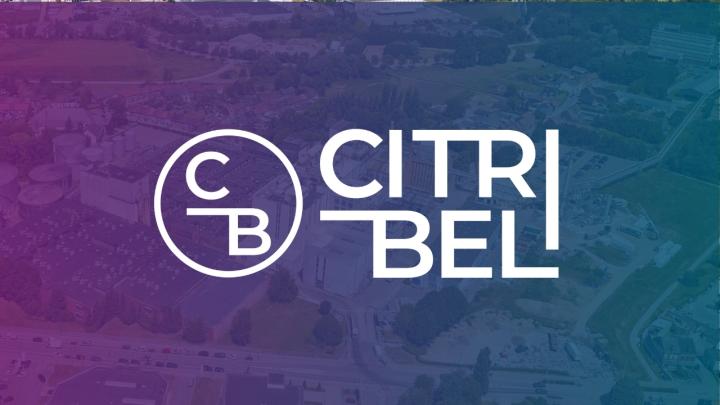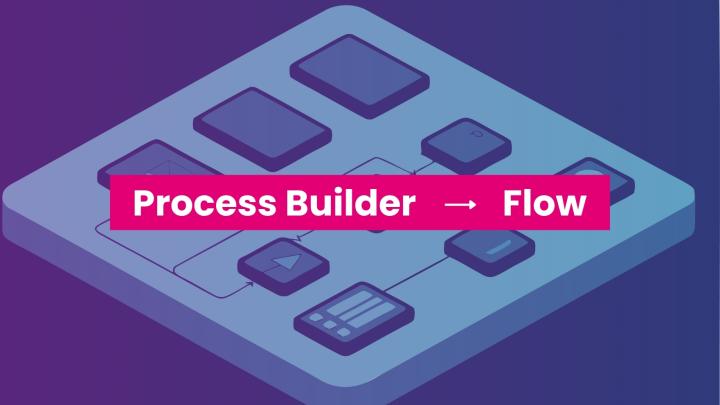'AIOps' or how to effectively manage IT operations using advanced analytics
'AIOps' or how to effectively manage IT operations using advanced analytics
'AIOps' or how to effectively manage IT operations using advanced analytics
Artificial Intelligence for IT Operations by Nuria Sánchez
Creation date :
AIOps (Artificial Intelligence for IT Operations) has the general objective of guaranteeing the availability of the service and the optimization of resources, whether human (IT operations technicians) or physical (stock hardware and its capacity). Techniques such as ticket enrichment, anomaly detection or causality analysis, all based on advanced ML/AI analysis tools, are key to the construction of predictive tools.
It is easy to imagine multiple solutions for process automation, currently carried out manually by IT teams, including incident categorization, root cause identification, predictive maintenance, etc. For these purposes, the availability of quality data is essential to ensure traceability and completeness, through a suitably structured and continuously updated datalake. Every day, more and more companies demonstrate the significant impact that their investment in AIOps has on their business regardless of their sectors of operation (energy, banking, telco...). AIOps allows for the enrichment of information related to incidents, and for the automatic assignment of incidents to the most suitable resolution group. This is achieved by processing the semantic information contained within the registered tickets, and then activating the corresponding recommendation engine to automatically select the most suitable team for their effective resolution. The combination of data enriched by events and logs registered through different IT systems (databases, middleware...), together with the exploitation of ML and Big Data techniques, also enables the detection of anomalies, correlations between incidents, as well as the prediction of the number of events and their corresponding tickets that may happen at any time; all of which are key elements for automatic preventive system maintenance to avoid future errors. For this reason, any AIOps platform that provides these functionalities must incorporate an adequate visualization interface to allow access to increased information (pre and post-incident) to contribute to better decision-making. .This detaches the role of the supervisor from the complexity of the base technologies that these tools are dependent on.


